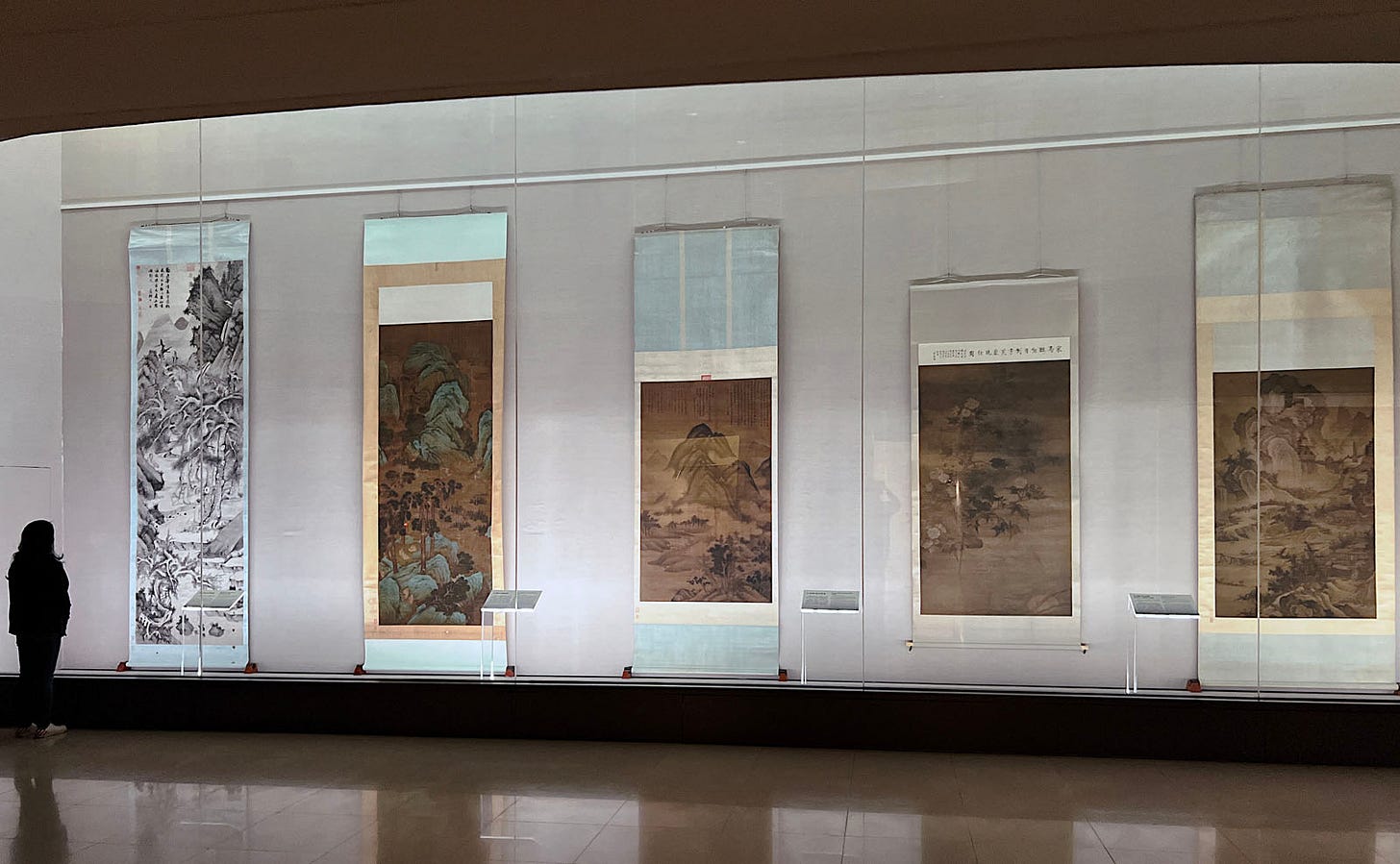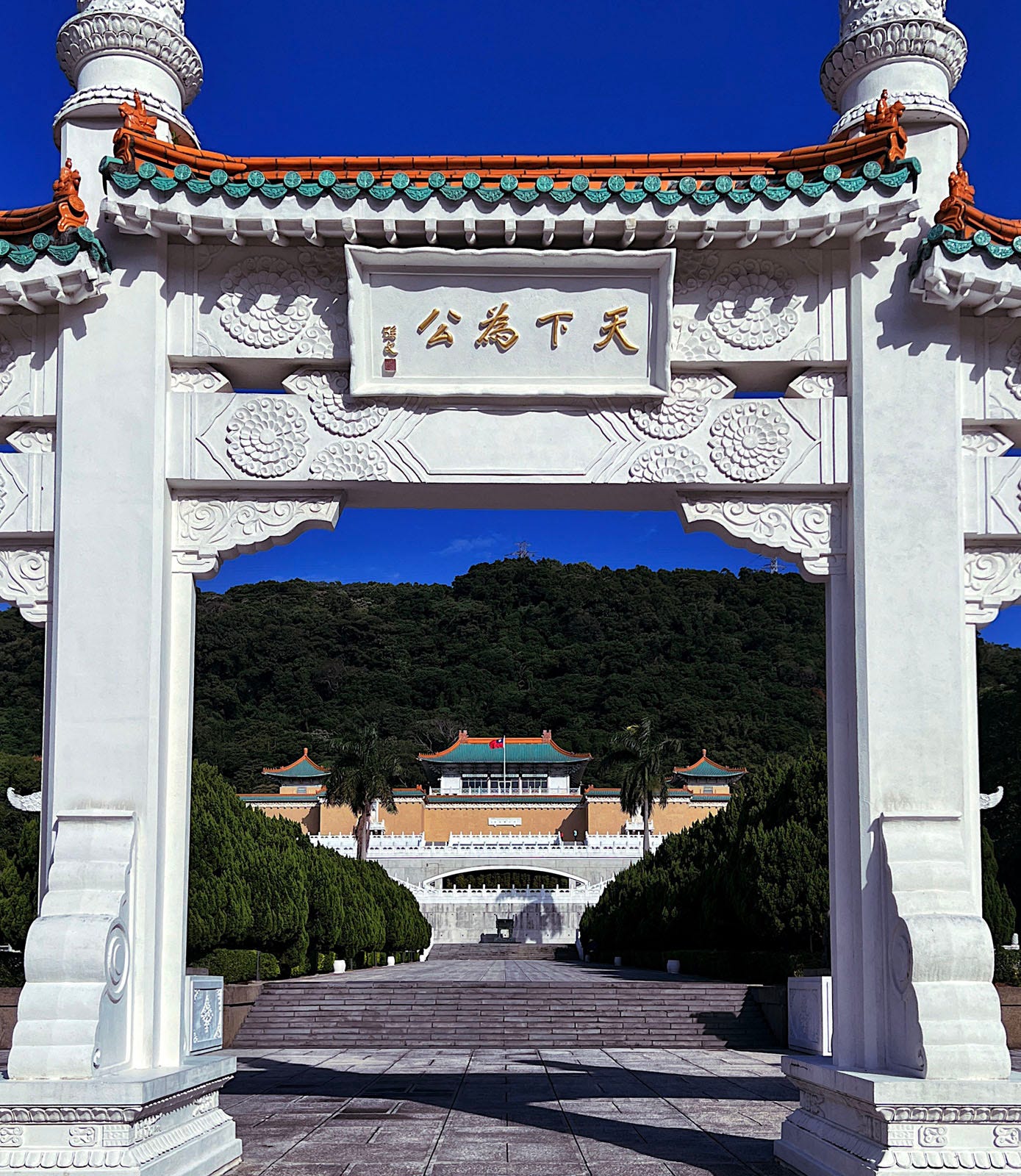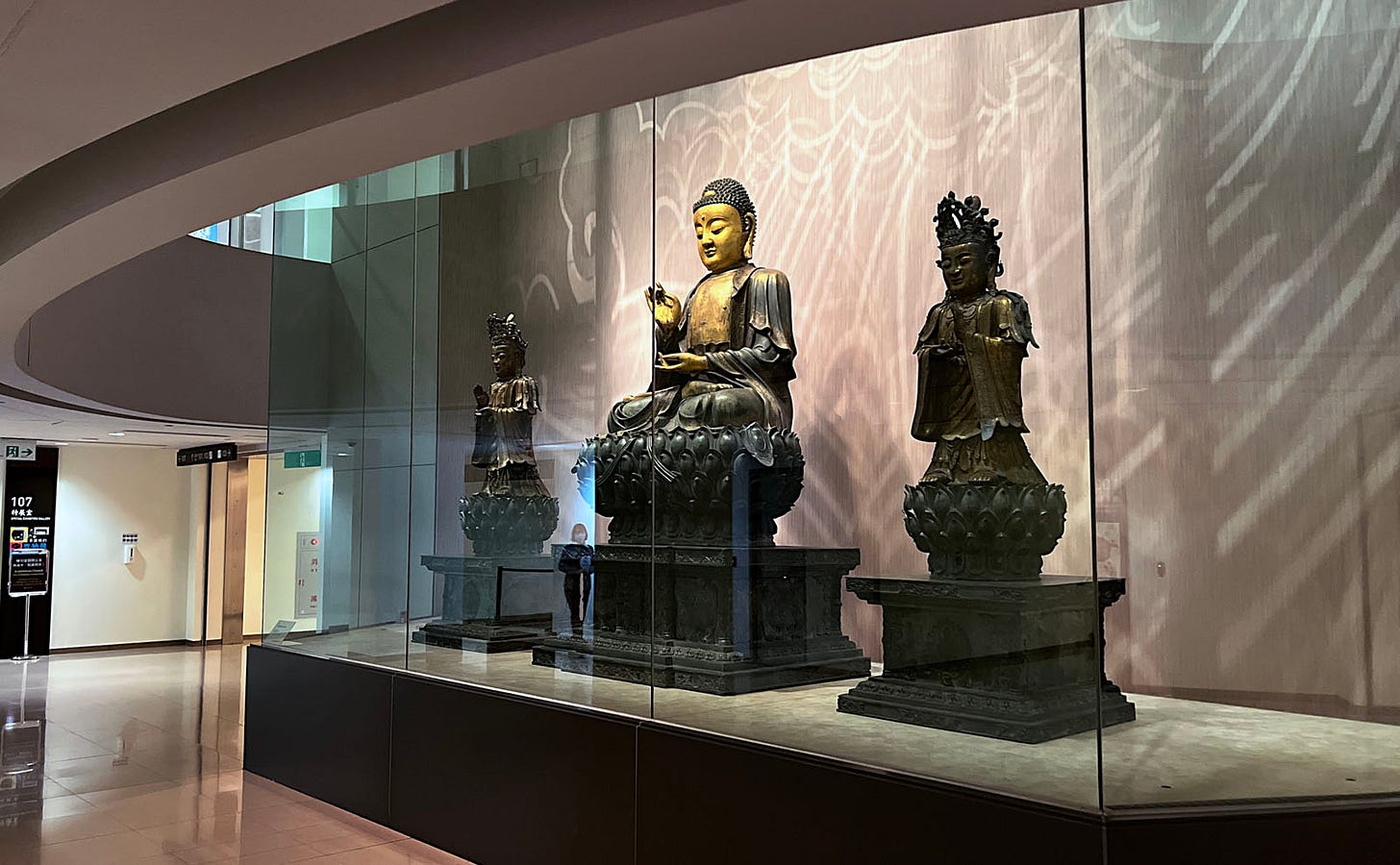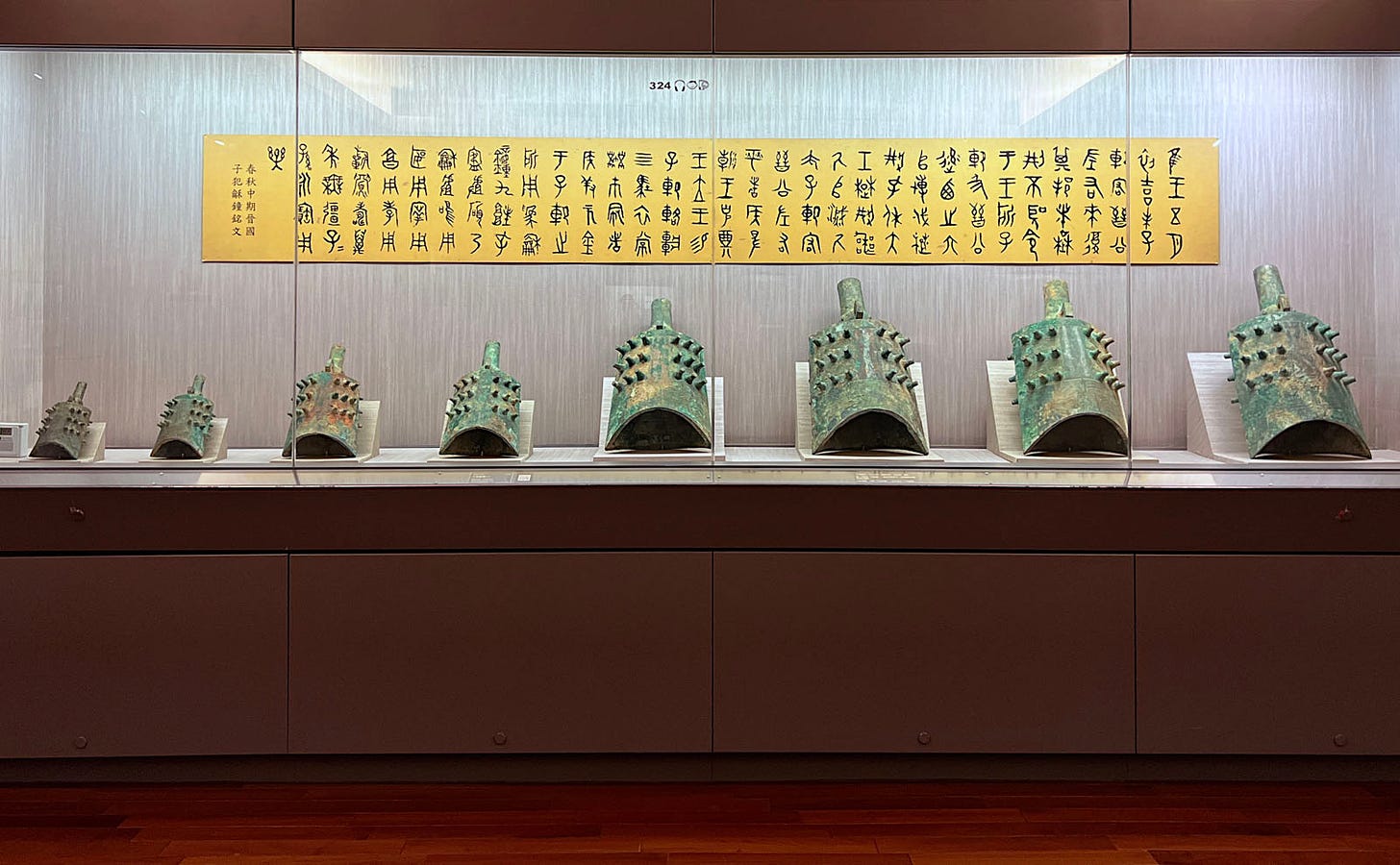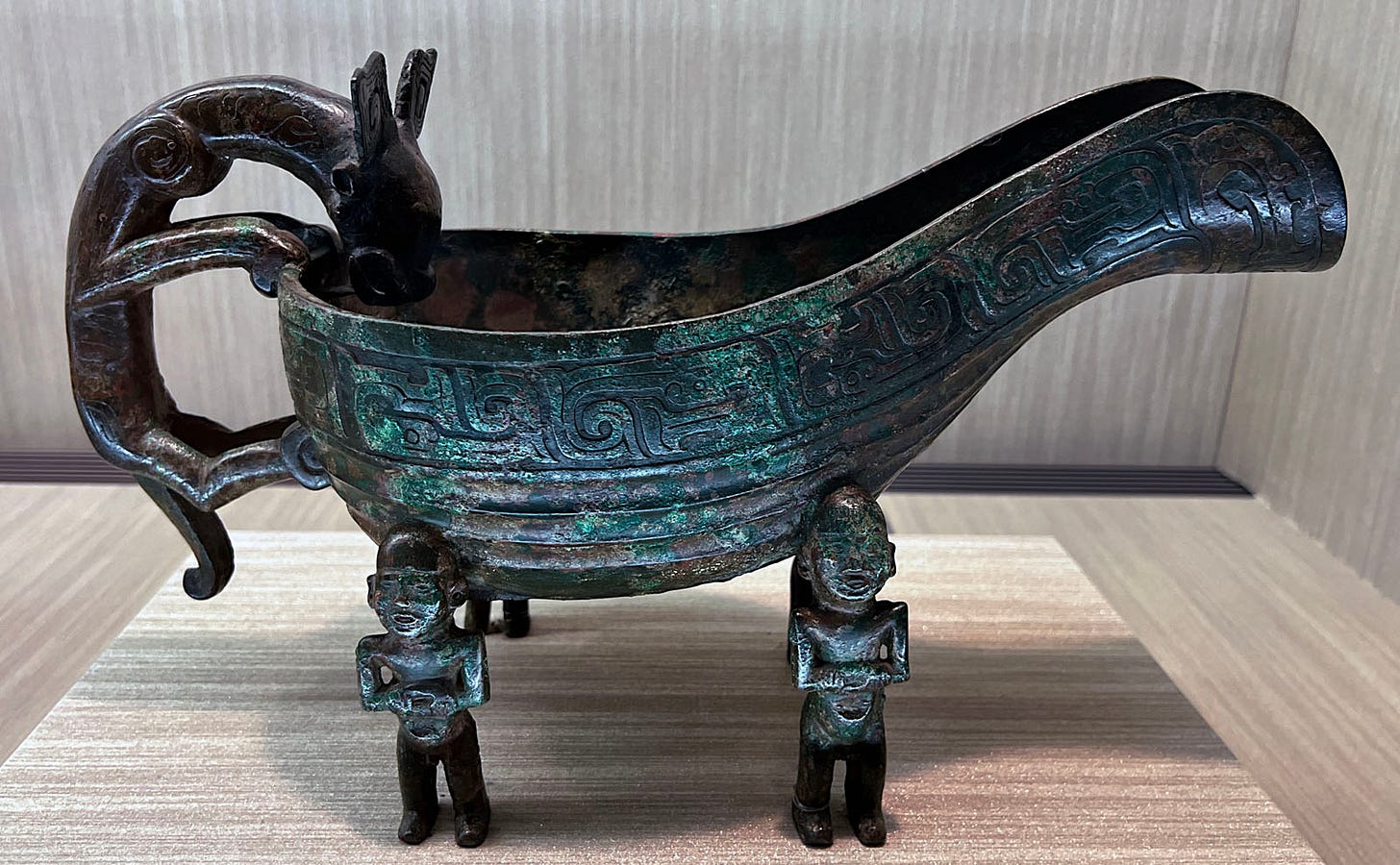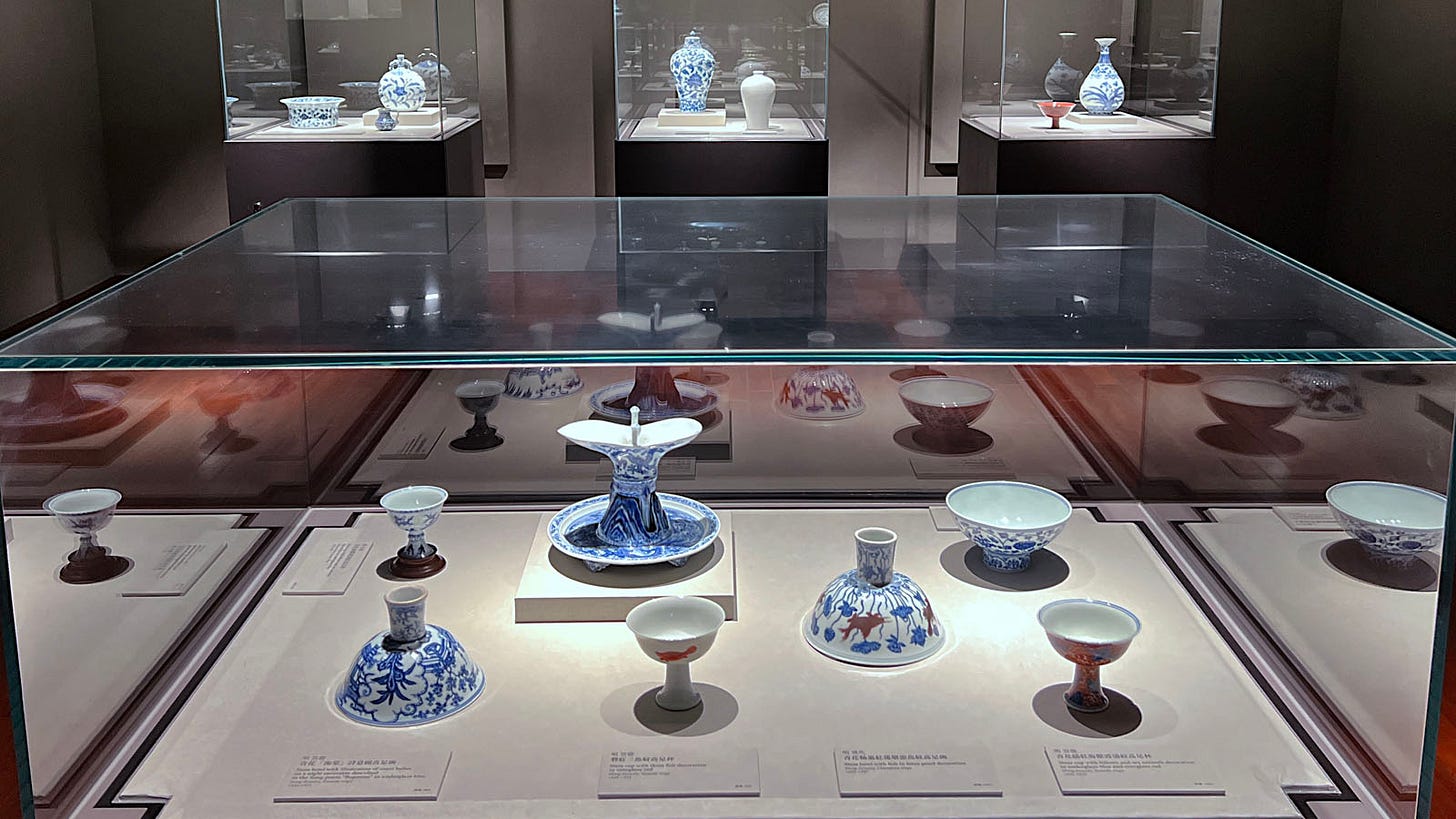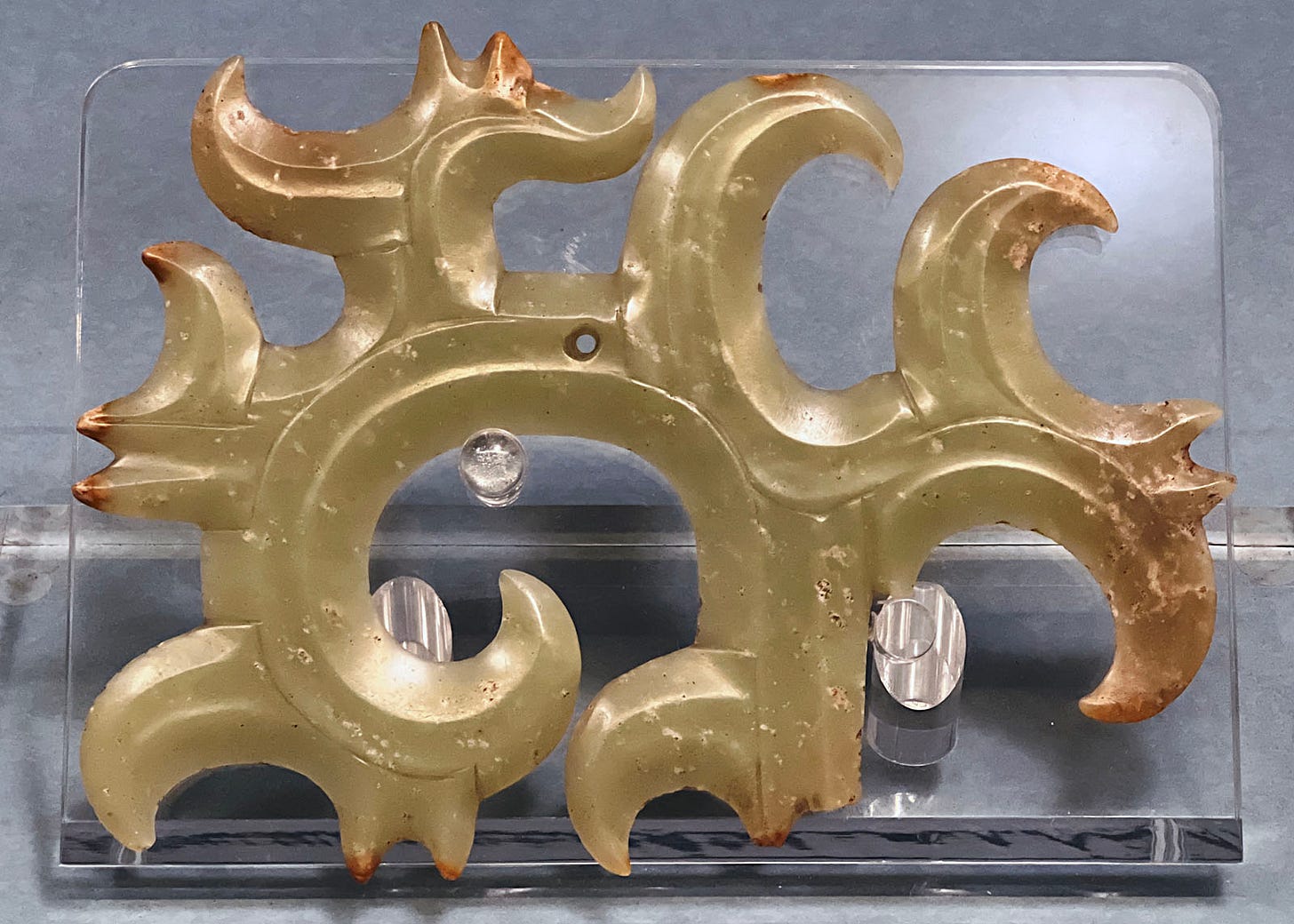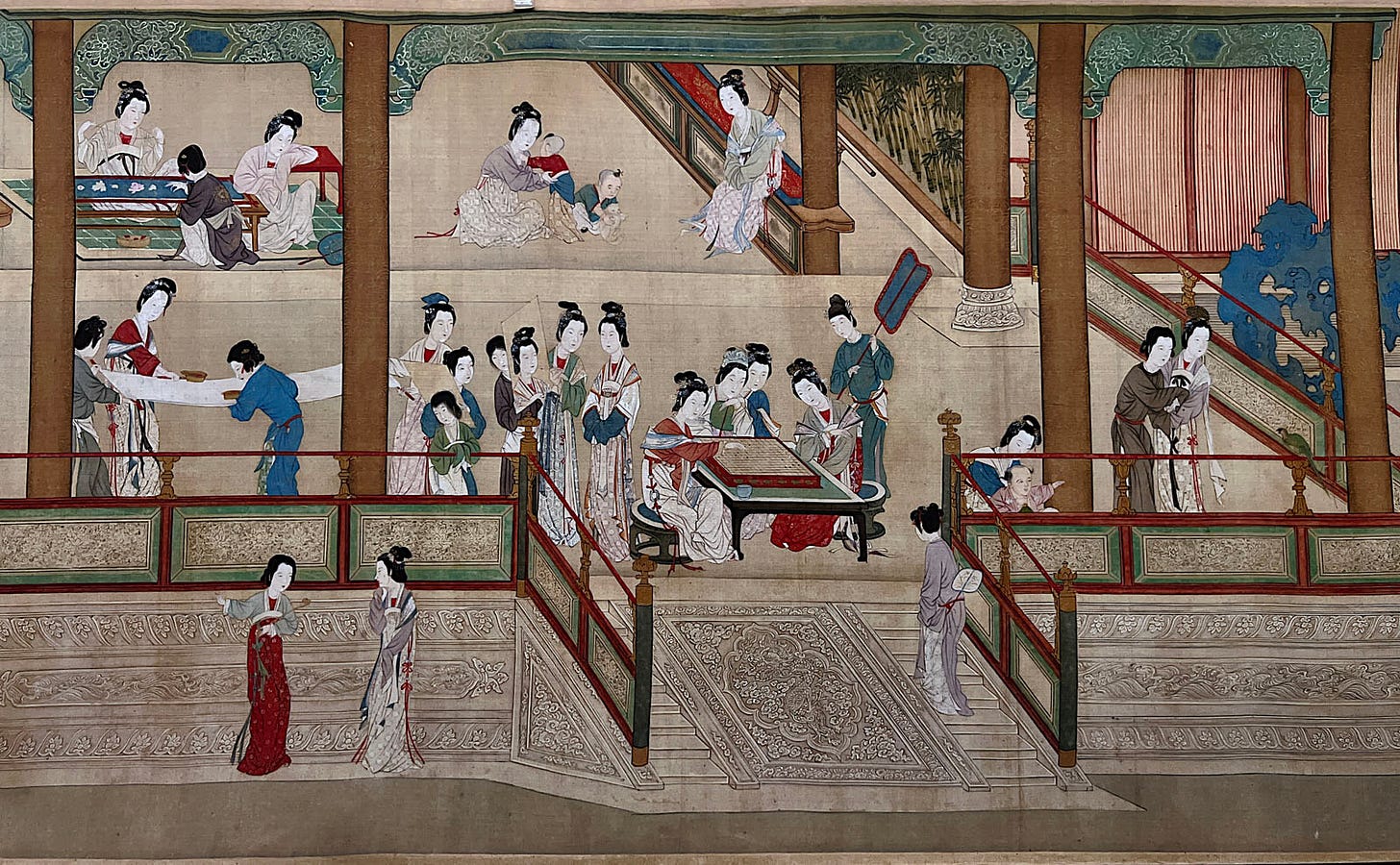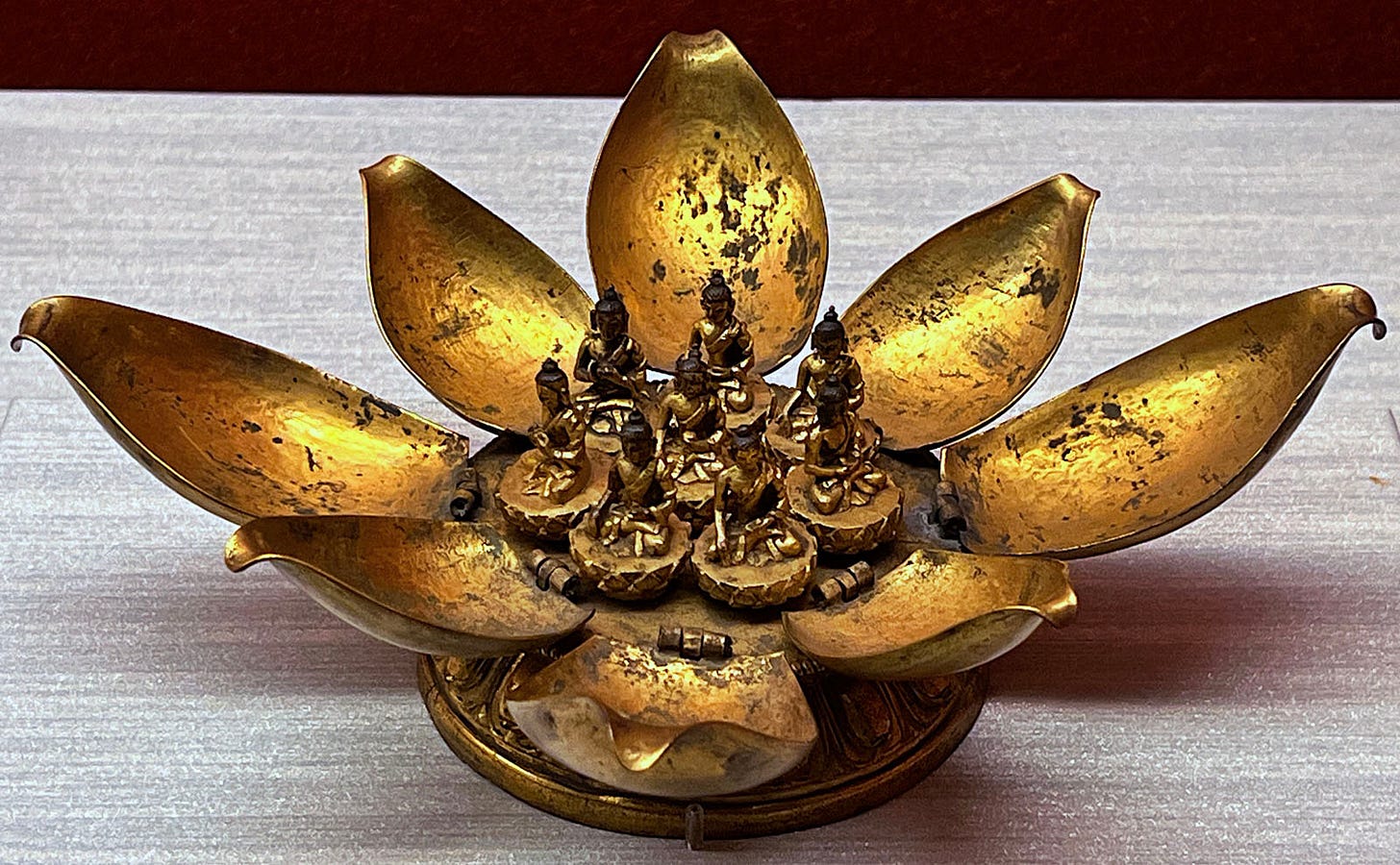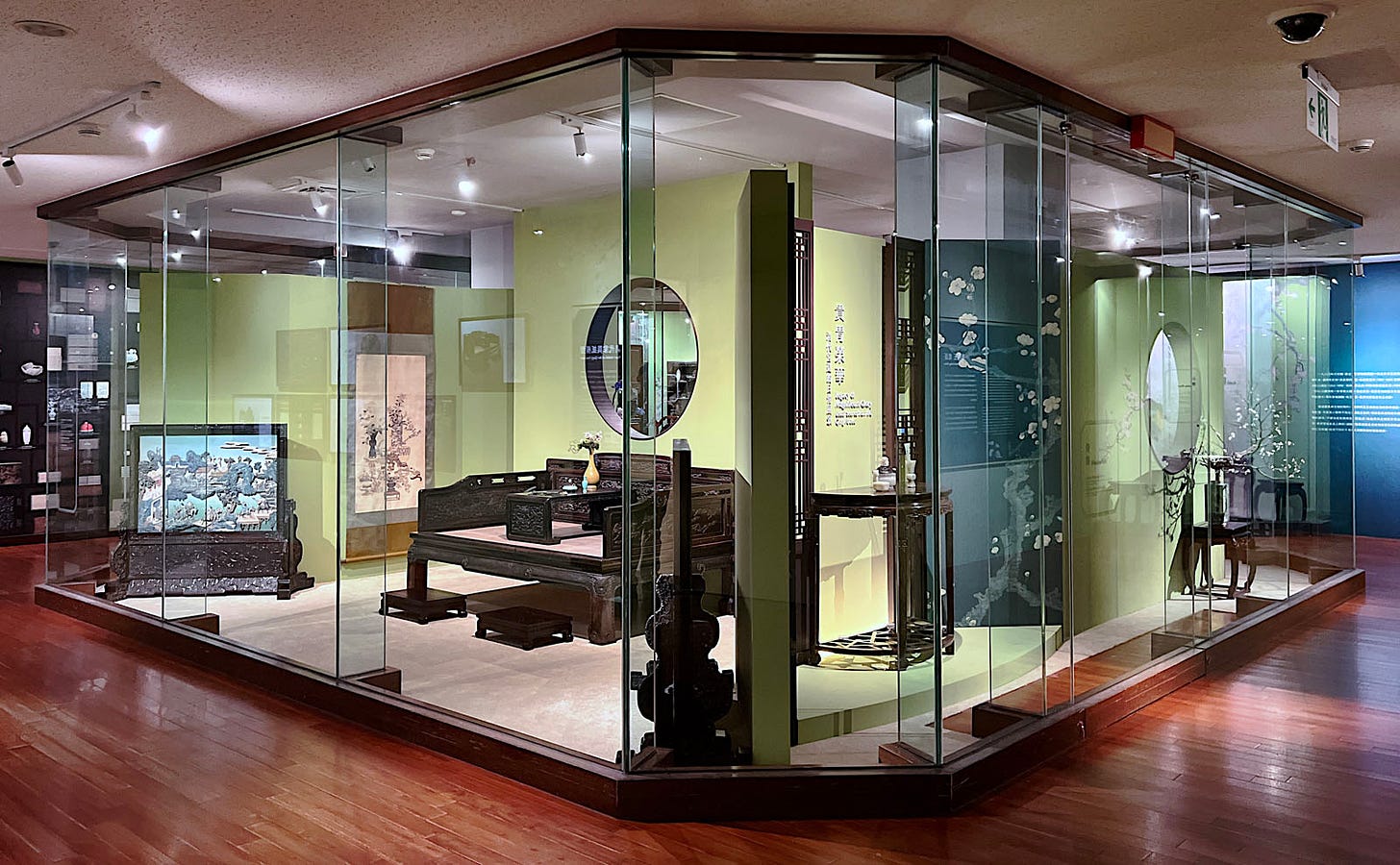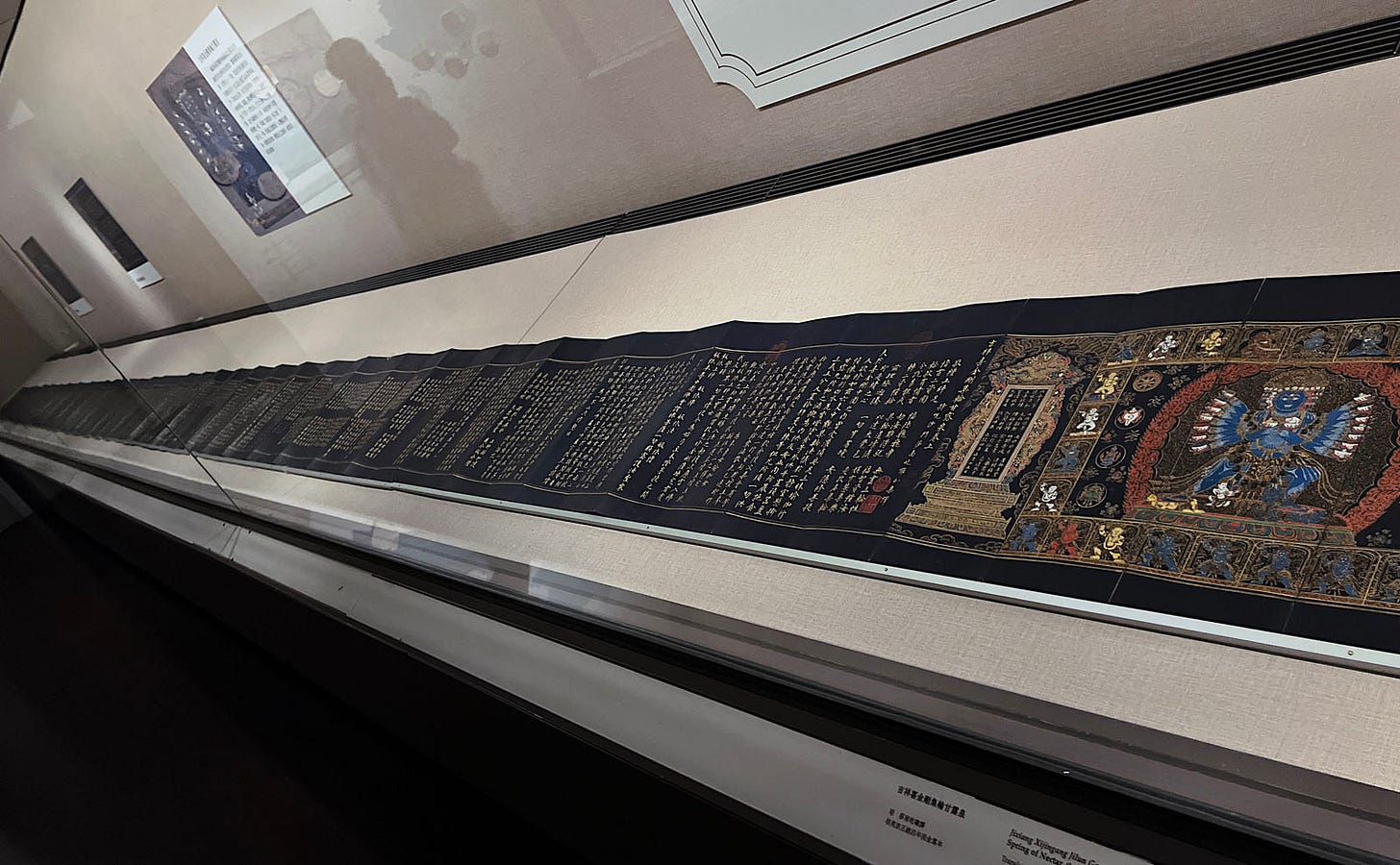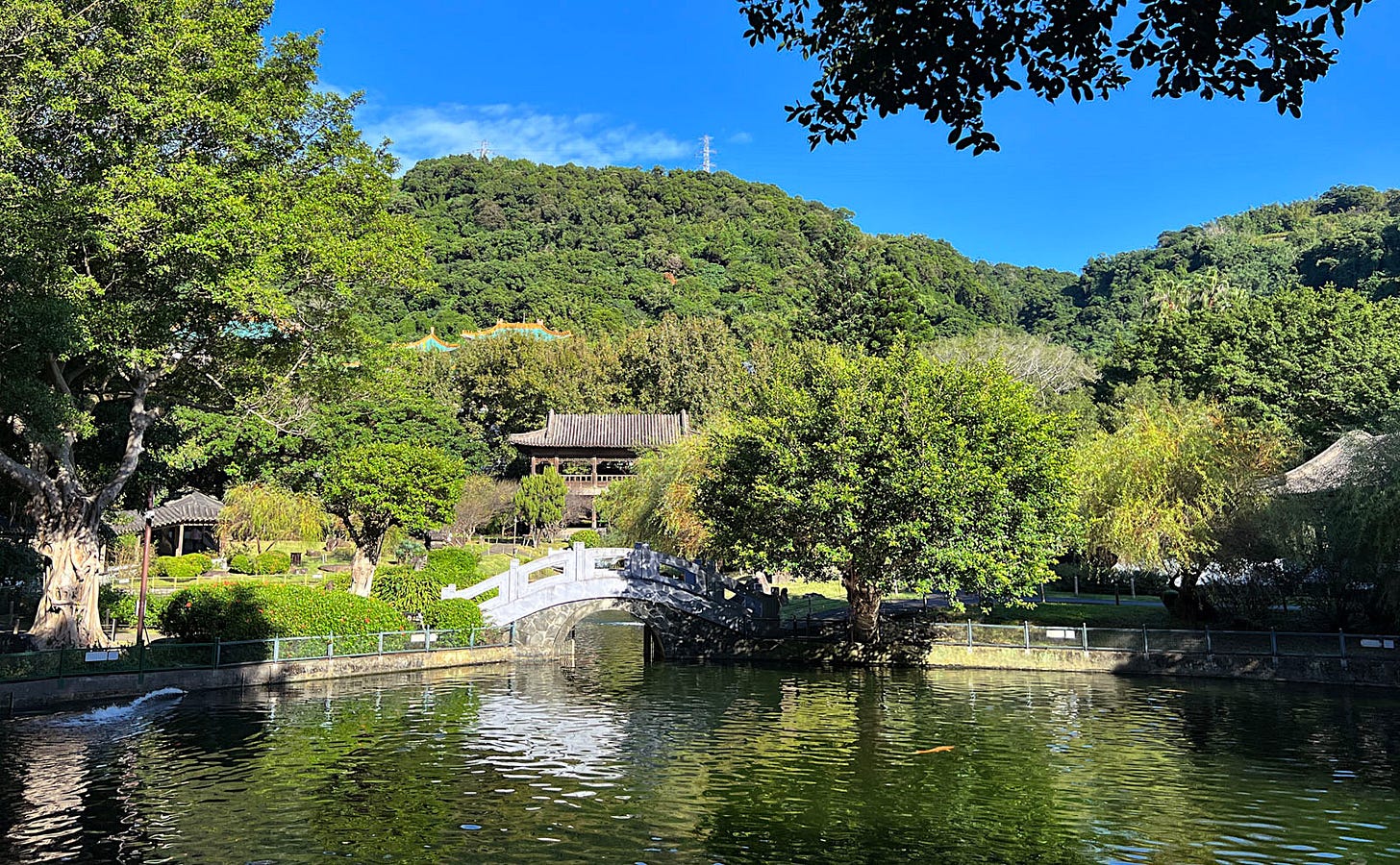(4 min read) The National Palace Museum in Taipei holds a substantial portion of the Forbidden City’s Palace Museum, and is generally considered the best museum of Chinese art in the world.
Overview
In 1933, with the Japanese advancing on Beijing, over 13,000 crates containing the collection of the Forbidden City's Palace Museum were moved to Shanghai, then the financial center of China and a base of operations for Chiang Kai-shek and the KMT (China’s Nationalist government). In 1936 — with war looming and a proper storage facility completed — they were again moved, to Nanjing. A number of other back-and-forths occurred from 1936 to 1948 as the Chinese fought both the Japanese and then each other for control of the mainland nation.
By late 1948, as Communist forces gained the upper hand in the Chinese Civil War, the KMT made the momentous decision to ship the most valuable pieces across the strait to Taiwan. Ultimately, some 3000 crates made it to Keelung, Taiwan in 1948 & 49. While it only represents 20% of the art, the pieces that made it here are generally recognized as representing the very best of the collection.
Thus it came to be that the best (if not the largest) museum in the world for Chinese art is now housed in Taipei — in the National Palace Museum, just outside the main city.
The museum was built in the mid-1960s, and has been expanded several times since. And while the gallery spaces are not particularly photogenic — thus there are less “architectural” and “gallery” focused images here than I typically post — the collection is indeed massive. It took me three visits (maybe 7-8 hours total) to take it all in, and even so I was a bit rushed in some galleries.
The collection is divided over several floors into four main parts — paintings, ceramics, metalwork (mostly bronzes), and carvings (mostly jades) — and there are also a few galleries dedicated to temporary exhibitions and smaller galleries with specialized art.
Images of or from all the main galleries and a few special exhibits are below. In addition, make sure to scroll down to the “Art in Detail” section which has embedded Notes showing a handful of the most exceptional pieces in detail.
From the Metalwork galleries (more in “Art in Detail”):
From the Ceramics galleries (more in “Art in Detail”):
From the Jade/Carvings galleries:
From the Paintings galleries (more in “Art in Detail”):
From the Buddhism gallery:
From two special exhibits when I visited (more in “Art in Detail”):
Don’t Miss
Make sure to spend some time walking the grounds of the museum, which includes a 2 ha (5 acre) Zhishan Garden, designed in classical Song & Ming styles.
Art in Detail
For a detailed look at some of the pieces here I found particularly interesting or photogenic, check out these recent Substack Notes, presented in rough chronological order of the art’s creation:
** Please like and/or restack this post if you enjoyed it; it helps others to find it! **
Practical Information
Where: Taipei, Taiwan
My Visits: 31 October, 1 & 3 November 2023
Best For: Connoisseurs of Chinese art; anyone interested in seeing masterpieces that once belonged to Chinese emperors; visitors to Taiwan wanting to understand the breadth and sophistication of Chinese cultural heritage.
Pro Tip: Since it is outside of Taipei proper and very large, you may want to turn a visit here into a full day trip. You can break up gallery visits with a stroll through Zhishan gardens, and/or with a meal at Silks Palace, a fine Cantonese restaurant also on the museum grounds.





